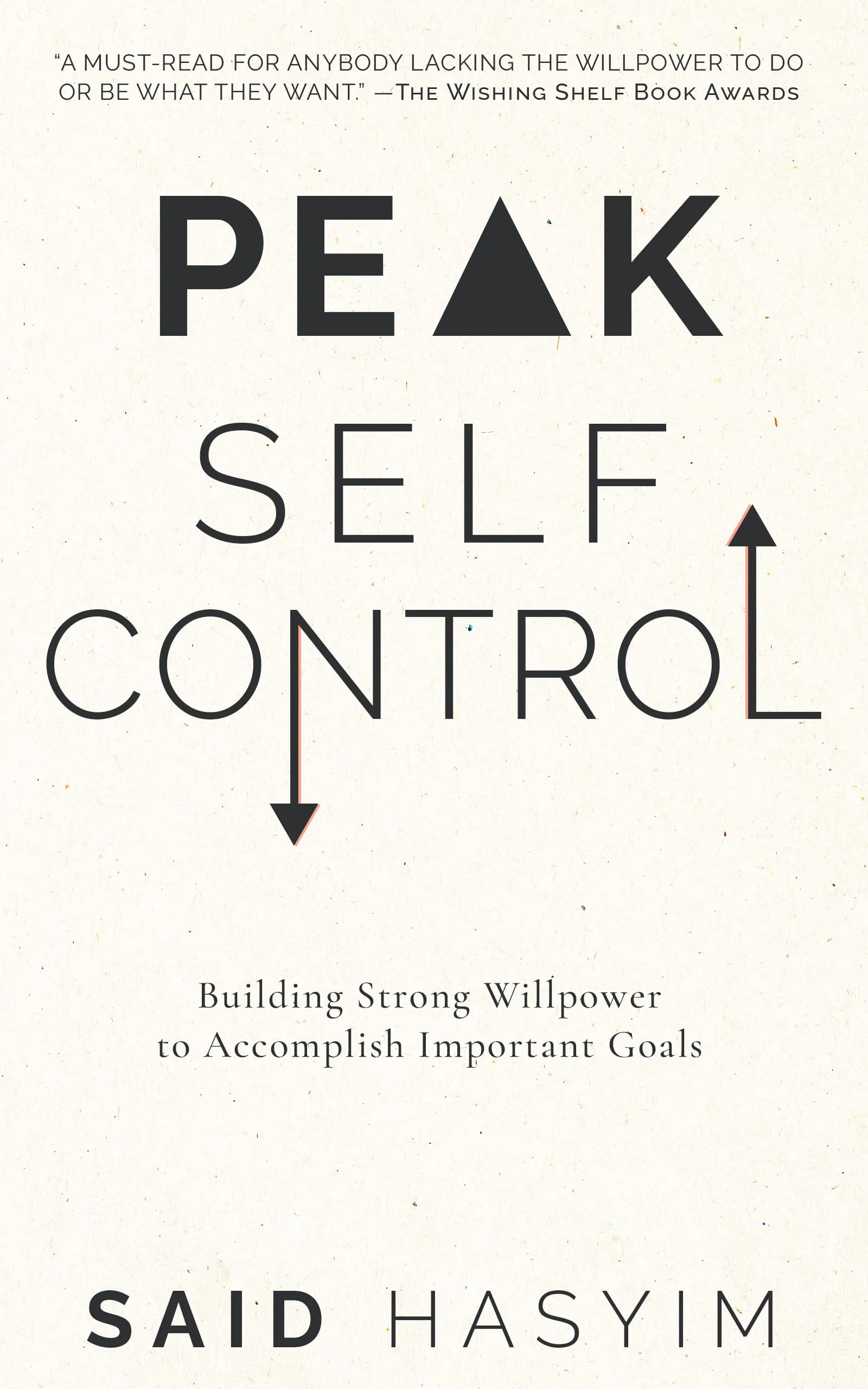Exploring the Willpower Gap: Solutions
Willpower is often hailed as one of the most vital components of personal success. It's the internal drive that helps individuals push through challenges, stick to their goals, and ultimately realize their ambitions. However, many people face what is colloquially known as the “willpower gap.” This gap represents the difference between individuals' intentions and their actual behaviors, often leading to frustration and stunted personal growth. Today, we will explore the willpower gap in depth and provide actionable solutions to bridge that divide.
Understanding the Willpower Gap
Before diving into solutions, it's essential to grasp what creates this gap. The willpower gap arises from various factors, including:
Instant Gratification: Humans are hardwired to prefer immediate rewards over delayed ones, which can sabotage long-term goals.
Cognitive Overload: Daily life bombards individuals with decisions, leading to mental fatigue. This can diminish willpower and make it easier to succumb to short-term pleasures.
Lack of Clarity: Without clear goals or a defined pathway, it’s easy to lose motivation. Ambiguity breeds procrastination and indecision.
Environmental Triggers: Physical and social environments can easily derail intentions. Whether it's junk food in the kitchen or friends encouraging unhealthy habits, external factors play a significant role.
All-or-Nothing Mentality: Many people adopt an extreme approach by viewing situations as black or white, which can lead to giving up entirely when faced with a setback.
Recognizing these factors is the first step in addressing the willpower gap. Once you understand the root causes, you can implement targeted solutions.
Solutions to Bridge the Willpower Gap
1. Set Specific and Achievable Goals
One primary way to bridge the willpower gap is to set specific, measurable, and achievable goals. Rather than saying, "I want to get fit," specify, "I will go for a 30-minute walk three times a week." This clarity reduces ambiguity and provides a clear pathway forward.
Action Steps:
- Use the SMART criteria (Specific, Measurable, Achievable, Relevant, Time-bound) to define your goals.
- Break larger goals into smaller, manageable tasks to make progress feel more attainable.
2. Create a Supportive Environment
Your environment plays a crucial role in your willpower. Making small adjustments can significantly affect your ability to follow through on your intentions.
Action Steps:
- Remove distractions and temptations from your environment, like unhealthy snacks or disruptive devices.
- Surround yourself with supportive individuals who encourage your goals and hold you accountable.
3. Develop Healthy Routines
Incorporating consistent habits into your daily routine can bolster willpower. Routines create structure and reinforce positive behaviors.
Action Steps:
- Identify activities that align with your goals and schedule them into your daily routine.
- Use time-blocking techniques to allocate specific periods for focus on your objectives.
4. Practice Mindfulness and Self-Reflection
Mindfulness techniques can help you develop greater awareness of your impulses and emotional triggers. This awareness is the first step to managing your willpower more effectively.
Action Steps:
- Regularly practice mindfulness meditation or breathing exercises to enhance your self-control.
- Take time each week for self-reflection to assess your progress and re-evaluate your goals.
5. Leverage the Power of Commitment Devices
Commitment devices are strategies or tools that help enforce your intentions. They can act as obstacles to make it more difficult to retreat into old habits.
Action Steps:
- Set up automatic savings for future goals, ensuring that the funds are directed toward positive outcomes.
- Make public commitments by sharing your goals with friends or social media, increasing the accountability effect.
6. Focus on Progress, Not Perfection
Adopting an all-or-nothing mentality can lead to quick burnout and disappointment. Emphasizing progress over perfection can sustain your momentum and motivate you to keep pushing forward.
Action Steps:
- Celebrate small victories, regardless of whether you’ve achieved the final goal.
- Maintain a journal to track your progress and reflect on your journey rather than fixing your attention solely on outcomes.
7. Cultivate Patience and Resilience
Realizing long-term goals takes time and perseverance. Building patience and resilience can better equip you to navigate obstacles without derailing your efforts.
Action Steps:
- Practice reframing setbacks as opportunities to learn rather than failures.
- Continue to adapt your approach and experiment with different strategies until you find what works best for you.
Conclusion
Closing the willpower gap is a journey that involves understanding personal vulnerabilities, setting clear intentions, and developing strategies to overcome obstacles. By employing the solutions discussed above, individuals can enhance their willpower and better align their actions with their desires.
Success lies not in the absence of setbacks but in the ability to navigate them. Recognizing that willpower is a skill that can be cultivated makes the journey less daunting and more empowering. Embrace the process, and remember that every step forward, no matter how small, is a step toward bridging the willpower gap.
Start Mastering Self-Discipline Today
Discover Peak Self-Control, a practical book to mastering self-discipline. Break free from distractions, build healthier habits, and improve your relationships. Gain effective strategies to enhance your willpower and make meaningful life changes, even amidst a busy schedule. Small adjustments can lead to significant improvements in your daily routine.
